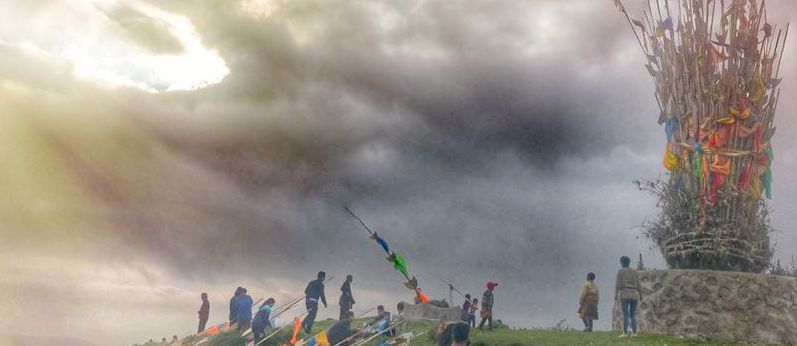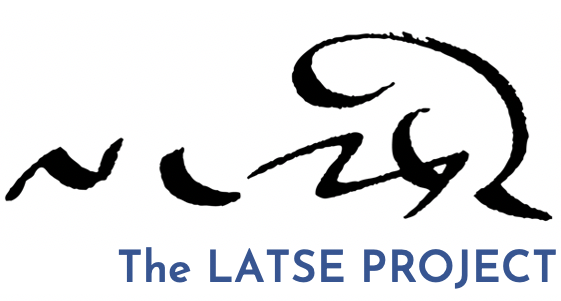About us
The Latse Project
The Latse Project is a public, non-profit 501(c)(3) organization dedicated to promoting Tibetan language use and literacy, the exchange of ideas, and providing access to knowledge for Tibetan and Tibetan studies communities by creating and sharing resources.

What is a Latse ?
Latse has always been, and continues to be, committed to engaging with contemporary Tibet in its myriad forms—from everyday customs, to fine arts and the language arts, to education and scholarship. Our name and the origins behind it capture this focus and aim.
The Tibetan term latse (pronounced la-tsey, as in “hey”) means a mountain peak or high place. It also refers to constructions of earth and stone found across the Tibetan plateau. Wherever you go in Tibetan lands and throughout the Himalayas, on mountain passes and peaks, you will find piles of earth and rocks, on top of which people have placed tree branches and sticks—and in some areas, ancient weapons such as wooden arrows and spears—and strung with colorful prayer flags and khatak, or offering scarves. These structures are known as latse.
Latse are constructed on mountaintops and passes as offerings to propitiate that particular mountain’s deity. Some latse are built as the abode of the deity, with a solid foundation made of stones. Within the foundation are placed offerings for the deity, including grain, ritual arrows, weapons, food offerings, other gifts of religious significance.
Individuals engage with latse by adding a stone or khata to the structure when passing by. Some communities hold elaborate latse festivals with participation by entire villages. The practice of erecting latse differs from region to region, and is viewed as something sacred by most Tibetans. The practice dates from pre-Buddhist times and has continued uninterrupted to present day.
We take this enduring and meaningful symbol of Tibetan tradition to represent our ideals and our approach to our work: that contemporary Tibetan culture is deeply rooted in the past, and that essential elements of Tibetan life are and should continue be shared and supported across communities. Moreover, we invite anyone to come and engage with us—as they would when encountering a latse on a mountainside—by attending a program, sharing an idea for collaboration, or making a contribution to our endeavor. The latse we build can stand tall and for generations to come, if we work by applying our knowledge and skills, nurture young minds, offer support where it is needed, and nurture the ideas and initiatives of the very communities we work with. Together, let’s raise the latse high!
